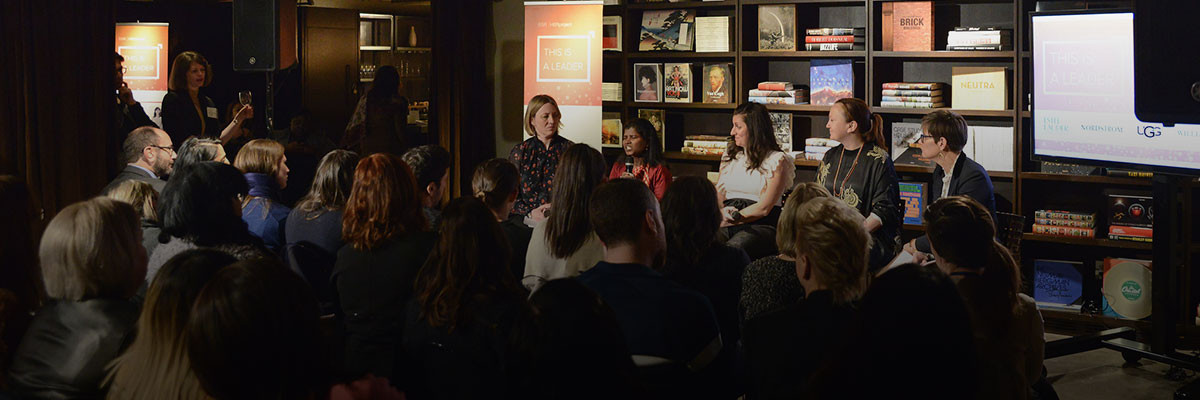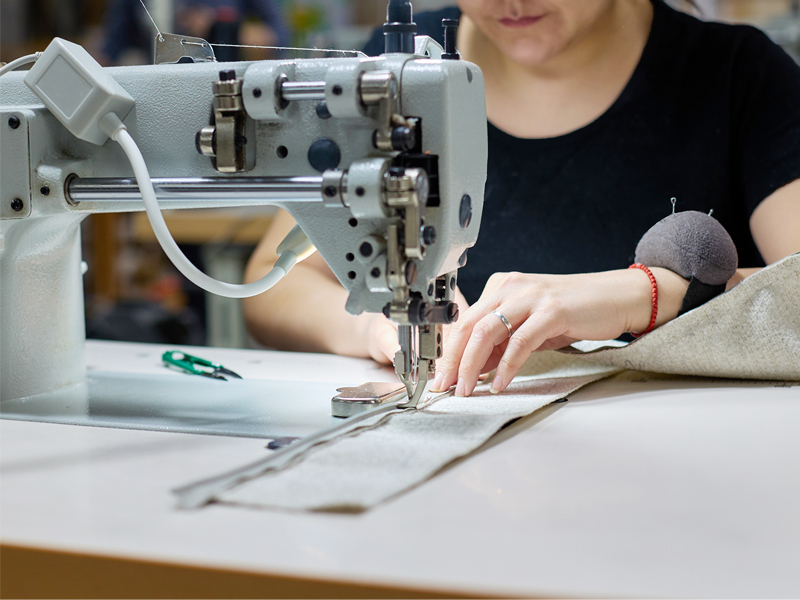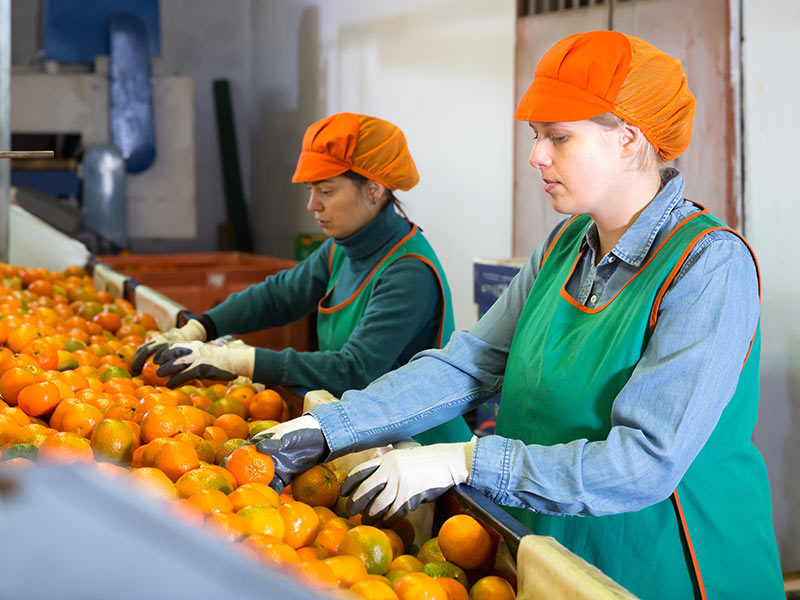
Robert Carlo
Authors
-
Dominic Maes
Former Manager, Communications and Marketing, BSR
More than 90 guests joined BSR's HERproject, The Estée Lauder Companies, Inc., Nordstrom, UGG, and Williams-Sonoma, Inc. for a special event on women’s leadership on the eve of International Women’s Day last Thursday, March 7, 2019. In two engaging panels, leaders from business, politics, development, and media explored the challenges and opportunities for empowering women to progress as leaders.
For companies, three clear opportunities emerged.
Companies Can Act to Demonstrate They Value Women’s Leadership
All brand speakers emphasized the importance of walking the talk at the corporate level. From Pottery Barn, whose CEO is a woman and whose overseas leadership is 67 percent women, to The Estée Lauder Companies, Inc., which this year enacted a 20-week parental leave policy for men and women in the United States, panelists emphasized the need for companies to live their values and demonstrate a belief in women as leaders.
This also extends to how leaders promote and nurture women within their organizations. Andrea O’Donnell, President, Fashion Lifestyle, Deckers Brands (UGG), pointed out that “our responsibility is to allow women to find their voice and their confidence, and be active mentors and cheerleaders for them”—a sentiment shared by Nancy Mahon, Senior Vice President, Global Corporate Citizenship and Sustainability at The Estée Lauder Companies, Inc., who highlighted the need for women to “throw the ladder back down.”
"#NYC has shown up on issues like gender equity- it is a city run by women. The policies that are developed are reflective of this leadership" -Commissioner @PAbeywardena at @bsrherproject #ThisIsALeader #IWD2019 pic.twitter.com/0iLzYJaxJJ
— NYC International Affairs (@globalnyc) March 8, 2019
Systems Need to Be Changed to Enable Women to Succeed
While individual leaders and companies have significant roles to play, panelists also highlighted the many barriers that might stand in the way of women becoming leaders—or prevent them from fulfilling their potential once in leadership positions. Citing her own experiences of pregnancy and childbirth, Penny Abeywardena, Commissioner for International Affairs at the New York City Mayor’s Office, commented on the inadequacy of existing structures: “Women make up more than half of the American workforce, but the policies that dictate our experience in the workforce are from 50 years ago.”
For Maria May, Program Officer at The Bill & Melinda Gates Foundation, these challenges affect how women progress into leadership: “The balancing that women have to do, and how silently they do it a lot of the time, leads women to evaluate opportunities differently and require different kinds of support.” And Jenny Hollander, Deputy Editor at marieclaire.com, highlighted the complacency that may develop as women achieve leadership roles: “People assume that the problem goes away when you put women and minorities into positions where they should be. I think you also need to make sure you are giving them the tools to succeed, because otherwise you are dooming them to fail.”
For companies, it is therefore critical to maintain a focus on the specific challenges that women may face once in leadership positions, such as time poverty, lack of voice, and social norms that hinder career progress.
Companies Can Influence Peers and Partners for Greater Impact

Beyond the corporate office and across the supply chain, barriers to women’s leadership are greater still. Latha Ramakrishnan, an expert on women’s empowerment programs in India, highlighted the situation of many low-income women workers in India: “A woman faces limited access to the outside world and to education, and she has a limited voice. A girl has always to be under the shadow of a male person: her parents, then her husband, then her son.” This discrimination has knock-on effects, with girls and women less likely to acquire critical skills, more likely to accept low positions in business, and less likely to believe in their own abilities.
Panelists, however, felt that change was possible through partnerships. Abeywardena highlighted how “the private sector has a beautiful opportunity to partner with governments to help develop and shape policies” and asked: “What does it look like if we work as a collective to move it for the entire community?” Mandy Seidel, Vice President, Global Sourcing at Pottery Barn, explained that through partnerships with suppliers and local experts within HERproject, Pottery Barn has created a happier and more stable workforce: “One of our largest manufacturers has run HERproject. They wrote to me and said that because of the investment we have made and that they have made in the workforce, they saw 100 percent worker retention rate after Chinese New Year, versus 80 percent in previous years.”
Despite the ongoing challenges, panelists were optimistic about the future of leadership for and by women. Through individual and collective action, companies have the chance not just to promote women as leaders but to become leaders on women’s empowerment—and there has never been a better time to do so. As Hollander put it, “there is huge opportunity in this space where everything is changing so dramatically.”
If you would like to find out more about how your company can empower women across your supply chain, please contact our team of experts.
Topics
Collaborative Initiatives
Let’s talk about how BSR can help you to transform your business and achieve your sustainability goals.







